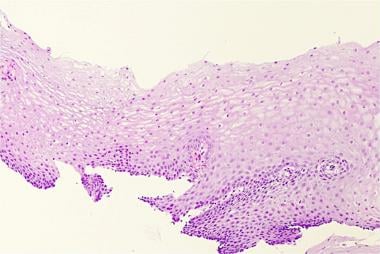

Due to the guideline's relevance to pediatrics, the guideline has been reviewed and endorsed by the American Academy of Pediatrics (AAP) and the Pediatric Infectious Diseases Society (PIDS). Summarized below are the 2016 revised recommendations for the management of candidiasis. Since the last iteration of these guidelines in 2009, there have been new data pertaining to diagnosis, prevention, and treatment for proven or suspected invasive candidiasis, leading to significant modifications in our treatment recommendations. Mucosal Candida infections-especially those involving the oropharynx, esophagus, and vagina-are not considered to be classically invasive disease, but they are included in these guidelines. Each of these organisms has unique virulence potential, antifungal susceptibility, and epidemiology, but taken as a whole, significant infections due to these organisms are generally referred to as invasive candidiasis. There are at least 15 distinct Candida species that cause human disease, but >90% of invasive disease is caused by the 5 most common pathogens, C. Invasive infection due to Candida species is largely a condition associated with medical progress, and is widely recognized as a major cause of morbidity and mortality in the healthcare environment. Keywords: candidemia, invasive candidiasis, fungal diagnostics, azoles, echinocandins Executive Summary Background IDSA considers adherence to these guidelines to be voluntary, with the ultimate determination regarding their application to be made by the physician in the light of each patient's individual circumstances. They are not intended to supplant physician judgment with respect to particular patients or special clinical situations. It is important to realize that guidelines cannot always account for individual variation among patients.

Treatment of oral thrush in HIV/AIDS patients with lemon juice and lemon grass (Cymbopogon citratus) and gentian violet. Antifungal activity of apple cider vinegar on Candida species involved in denture stomatitis. Mota AC, de Castro RD, de Araújo Oliveira J, de Oliveira Lima E.
CANCER NYSTATIN SWISH ESOPHAGEAL THRUSH FREE
Prevention of oral candidiasis after free flap surgery: Role of 3% sodium bicarbonate saline in oral care. Yang Y, Zhang F, Lyu X, Yan Z, Hua H, Peng X. Effect of sodium bicarbonate on Candida albicans adherence to thermally activated acrylic resin.

Sousa FA, Paradella TC, Koga-Ito CY, Jorge AO. Rinsing with saline promotes human gingival fibroblast wound healing in vitro. Huynh NC, Everts V, Leethanakul C, Pavasant P, Ampornaramveth RS. Institute for Quality and Efficiency In Health Care.


 0 kommentar(er)
0 kommentar(er)
